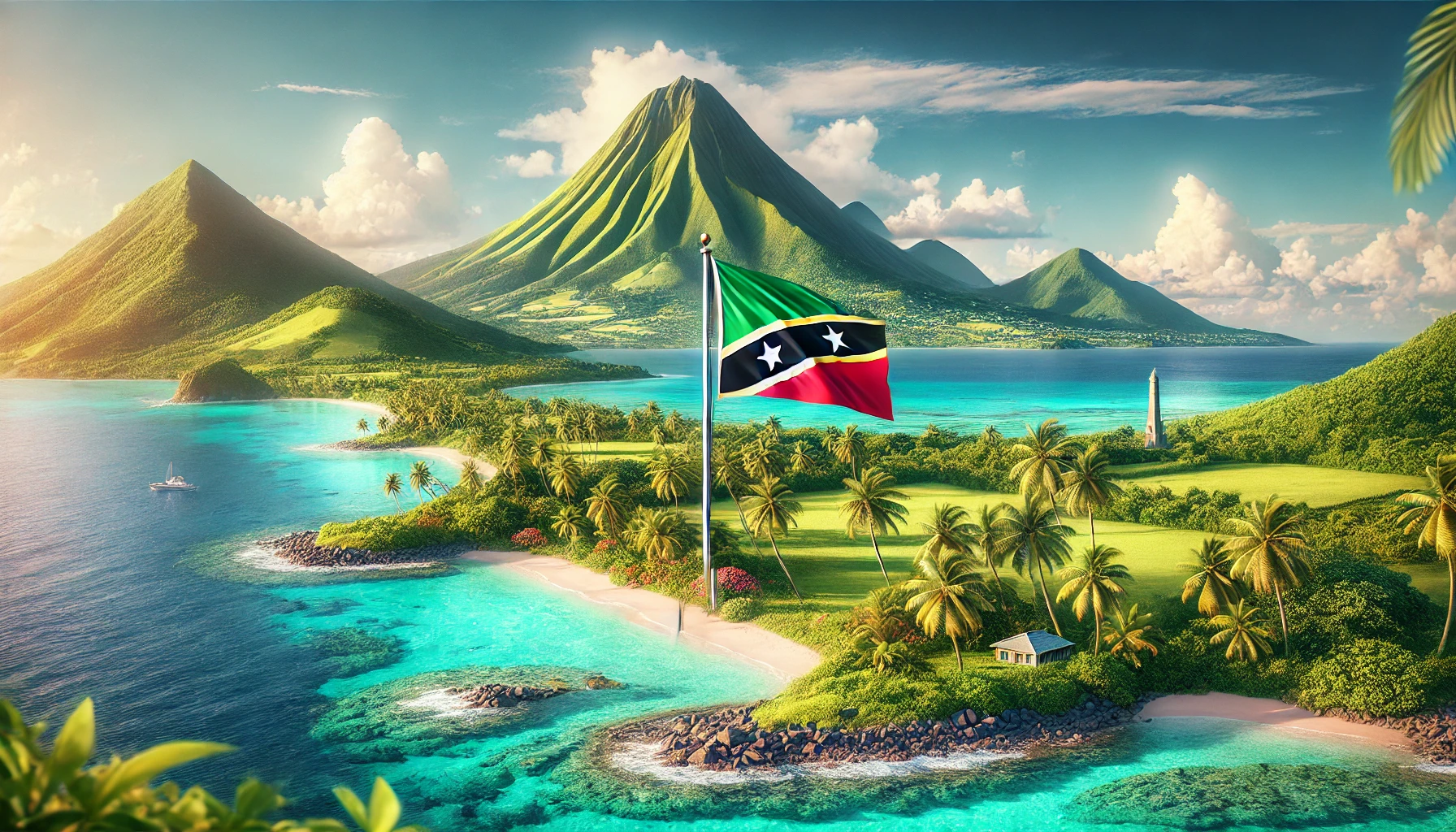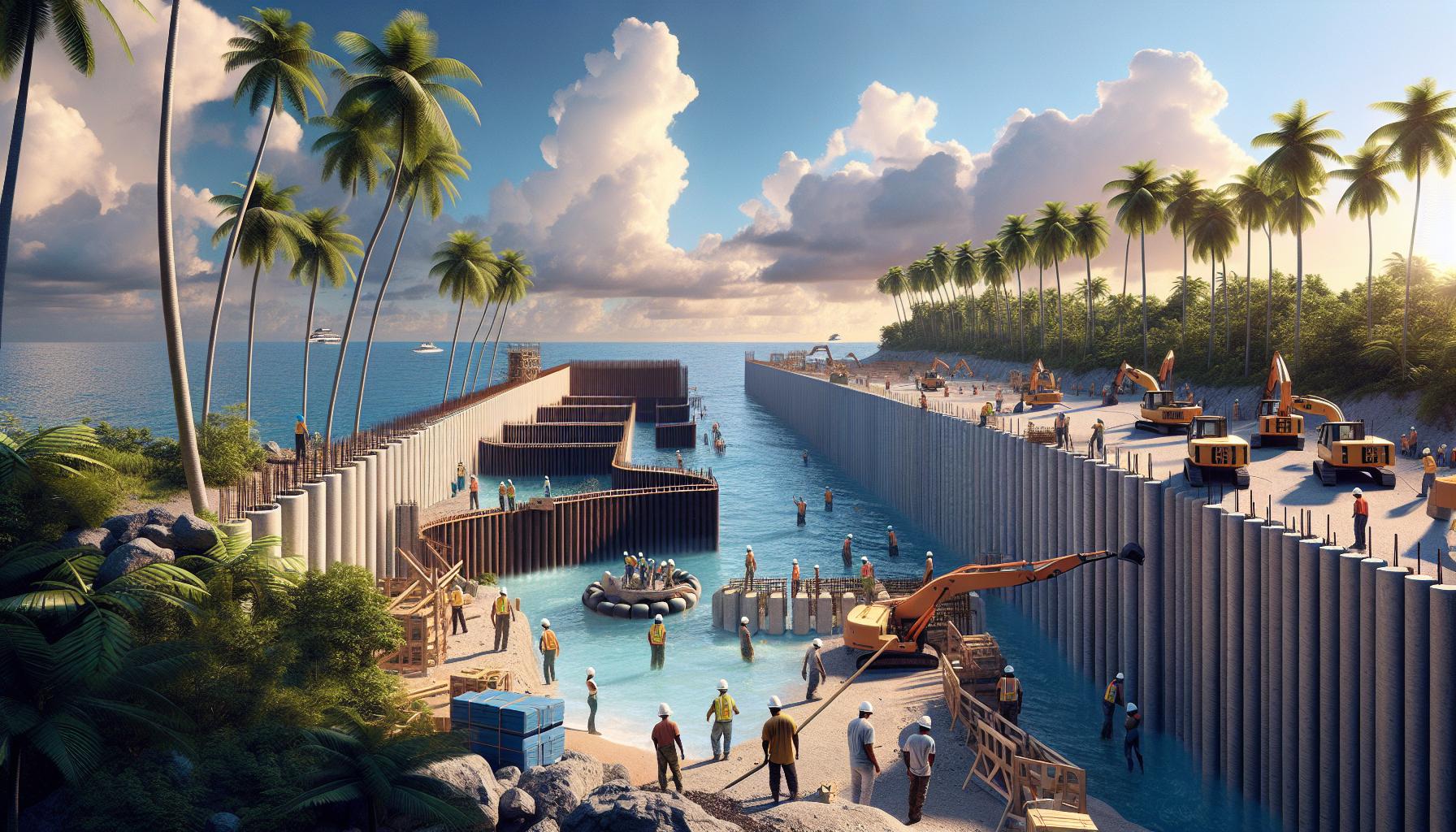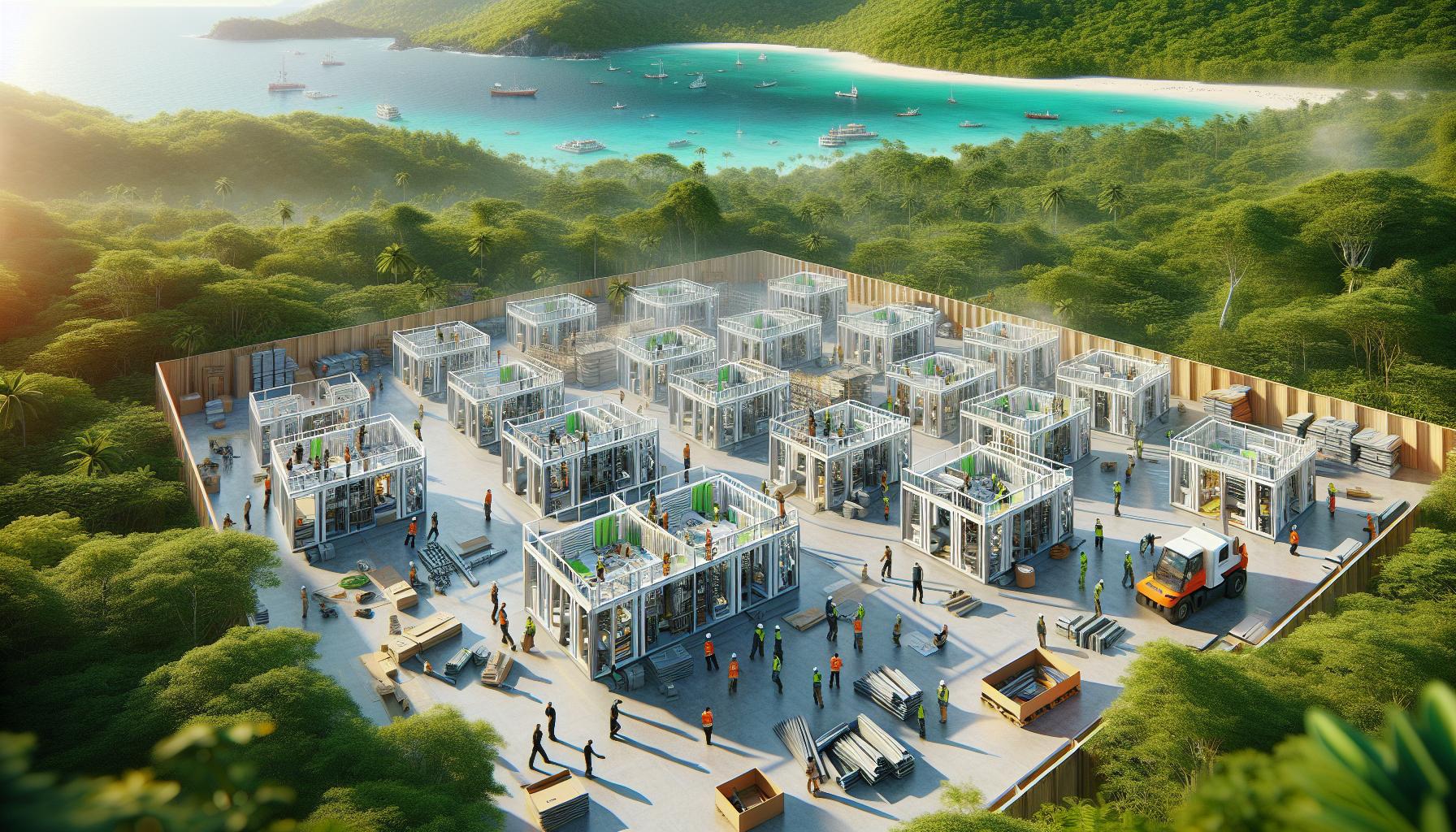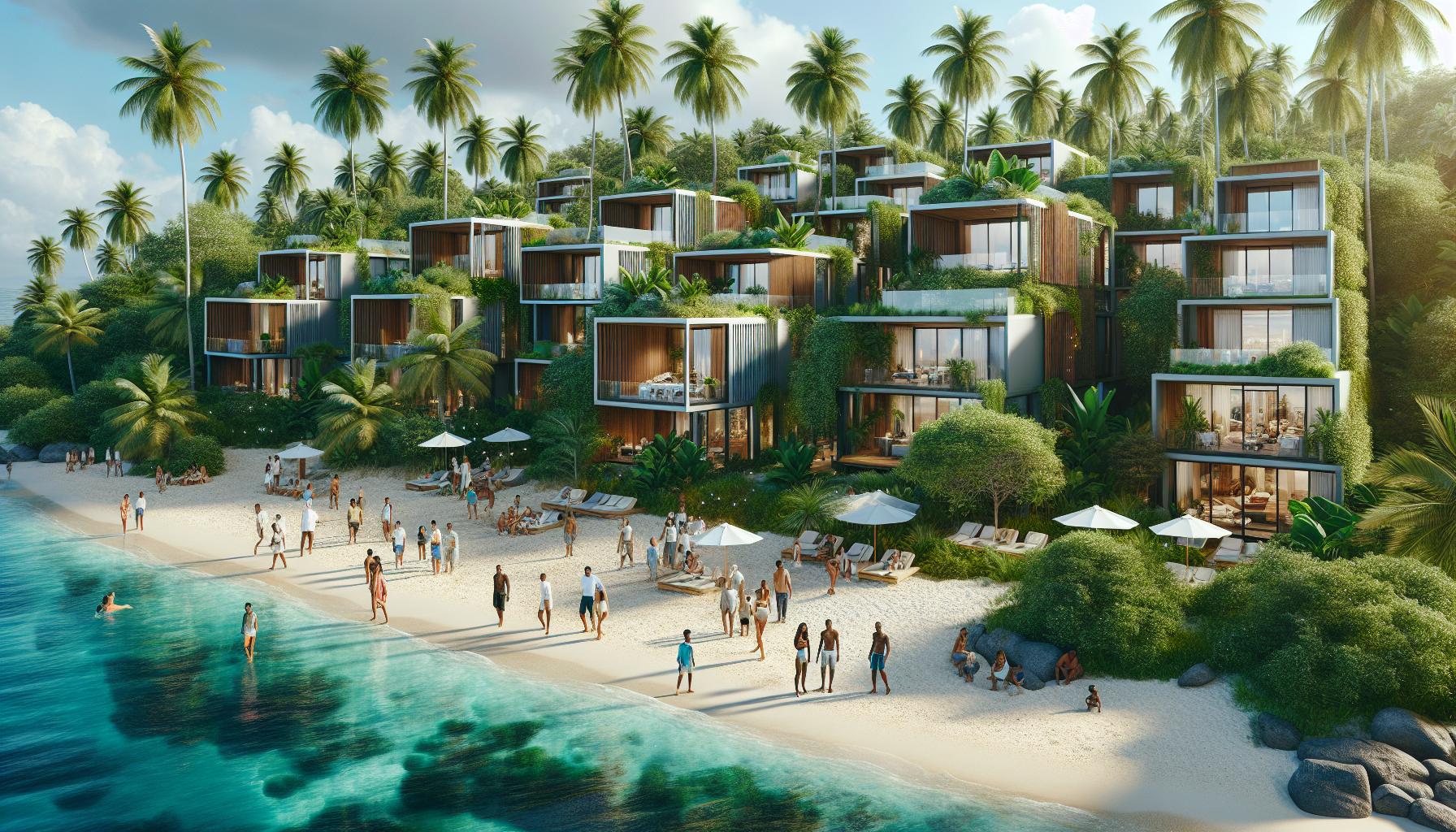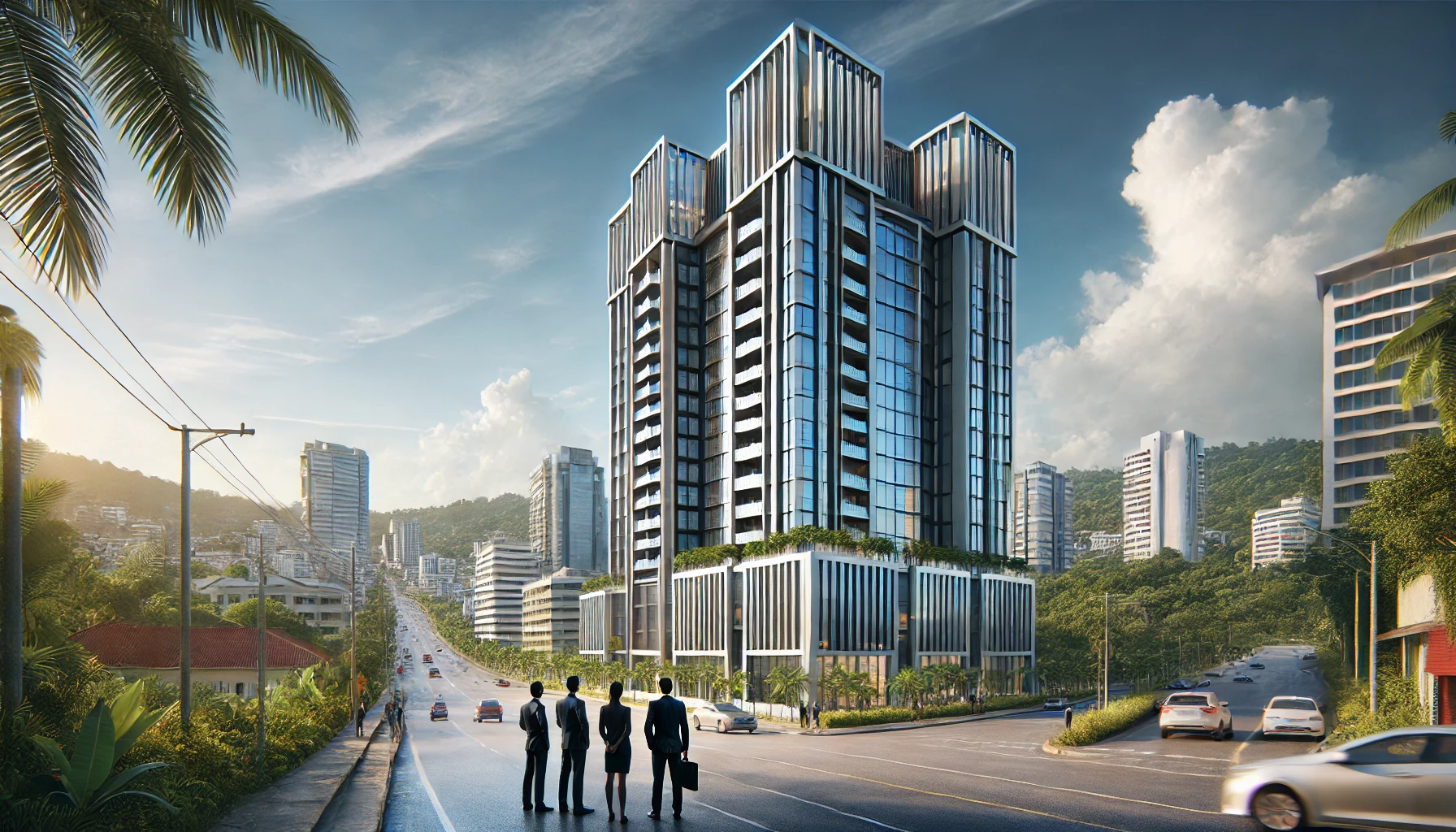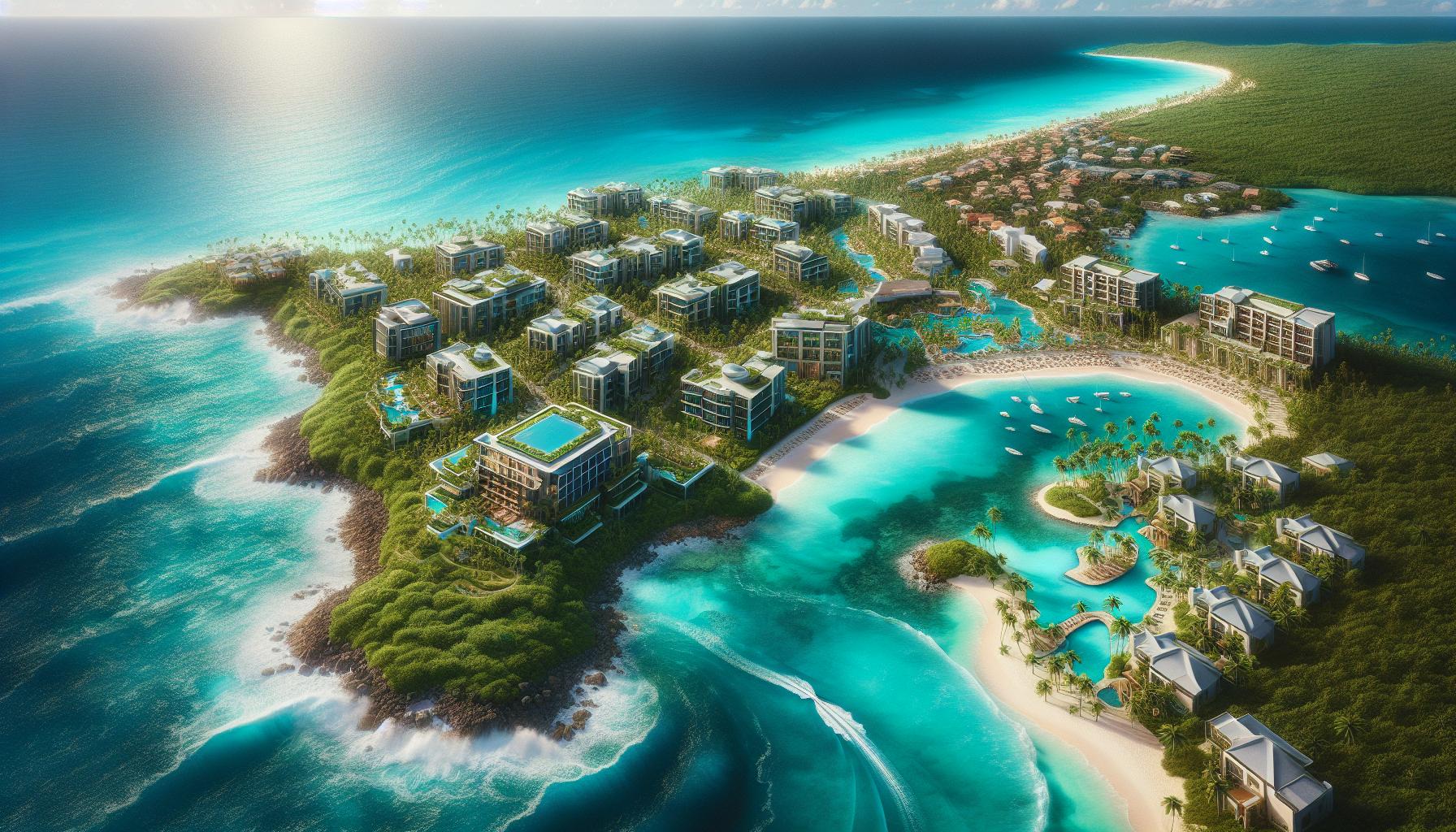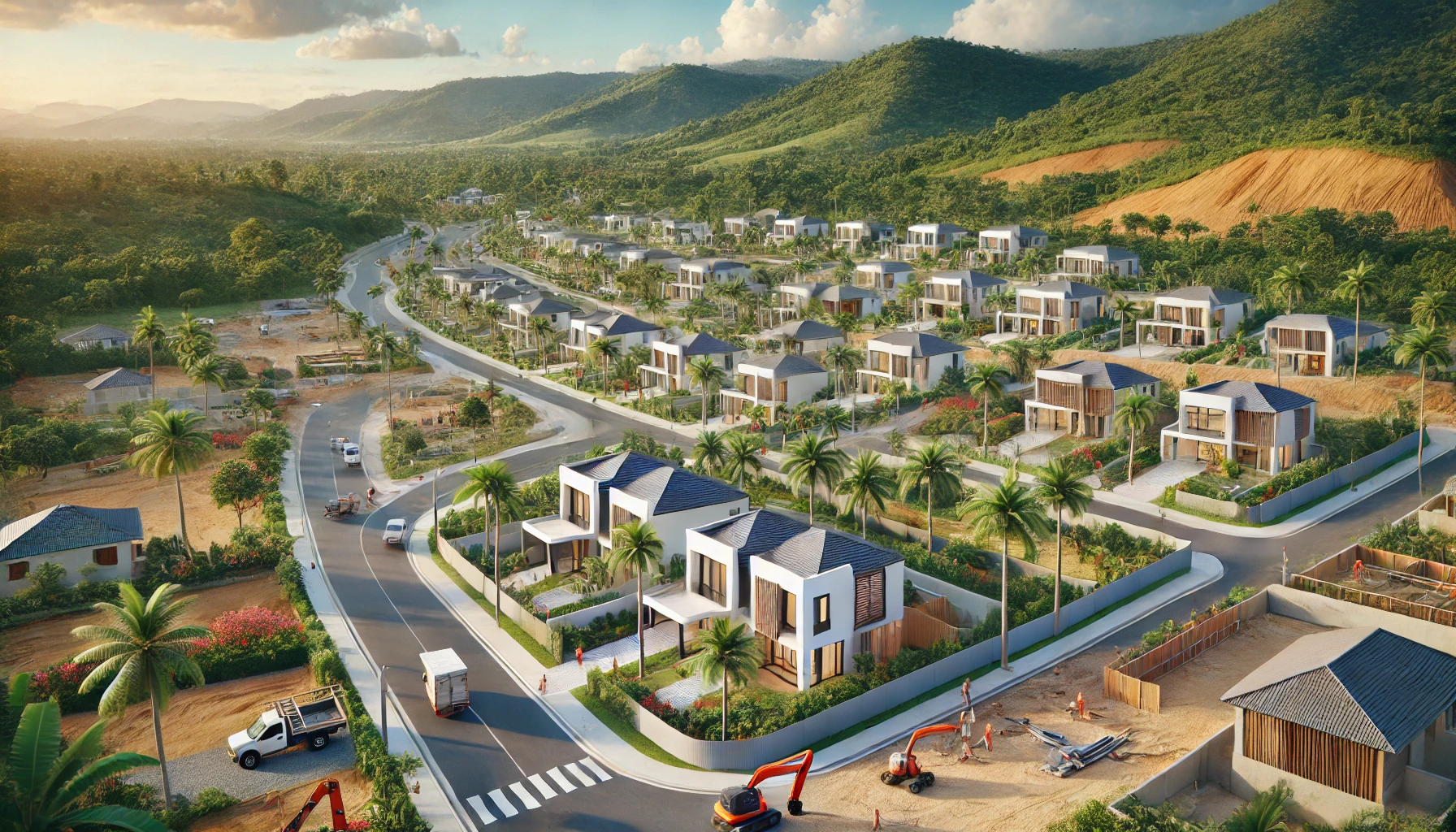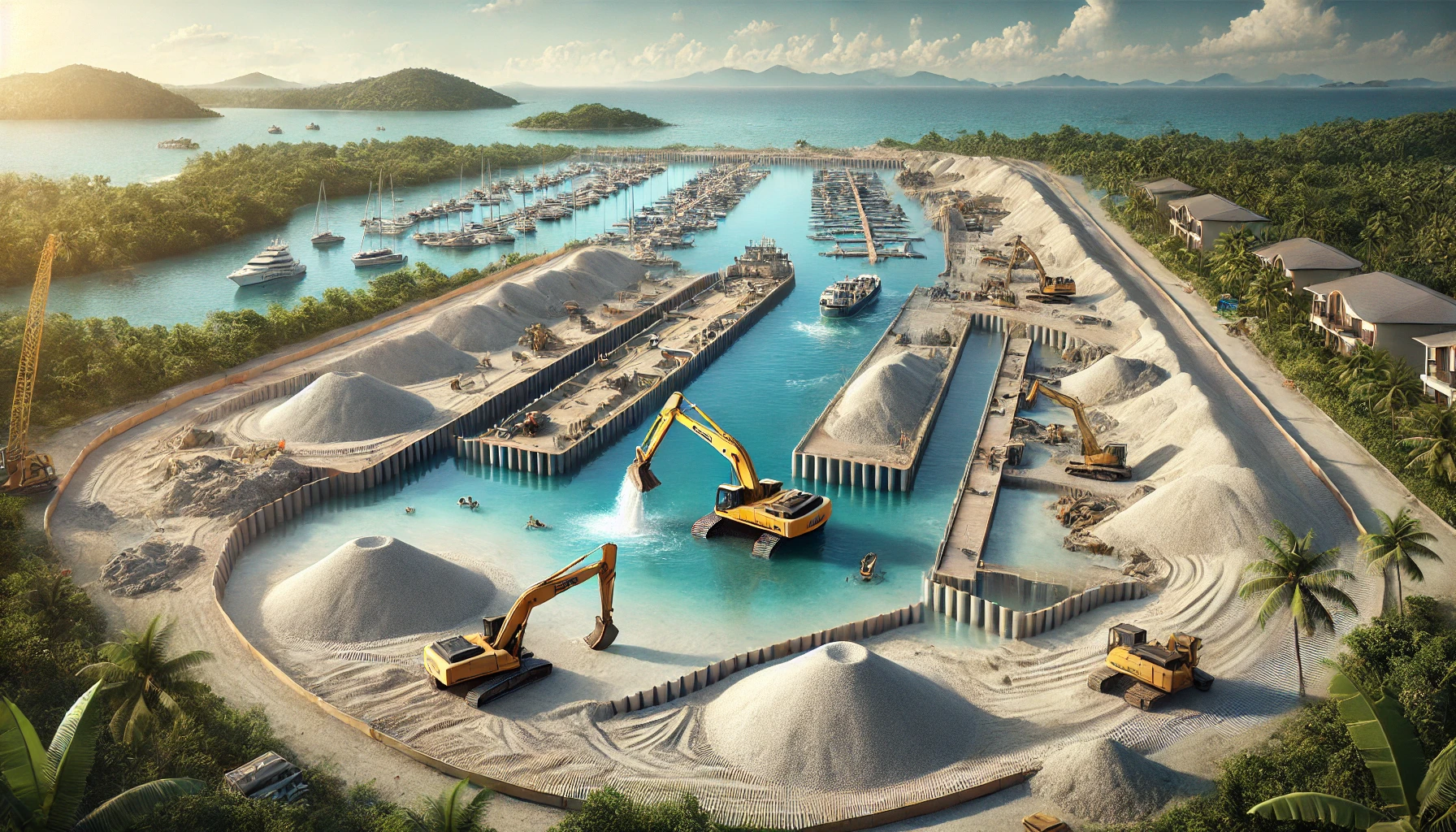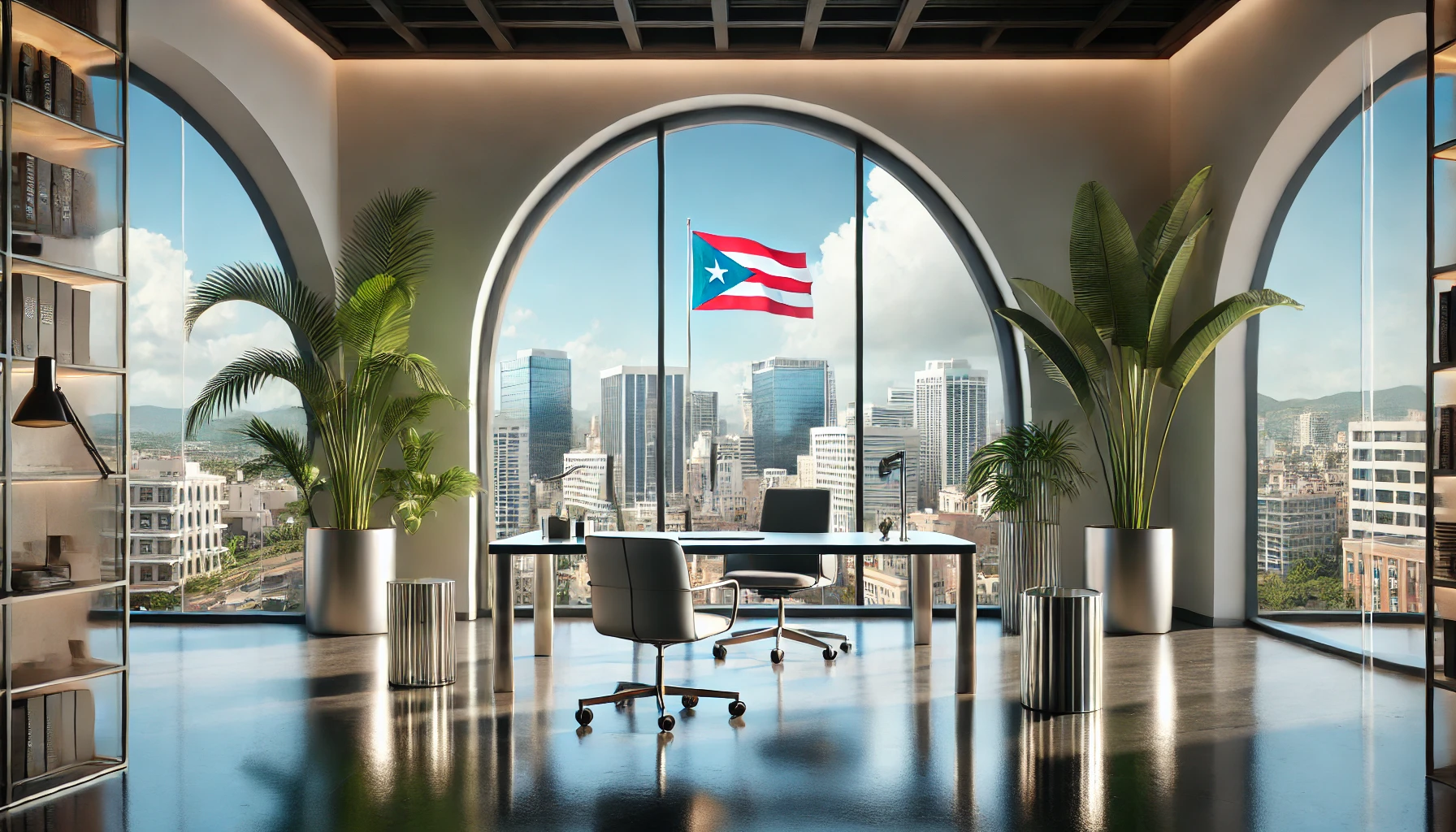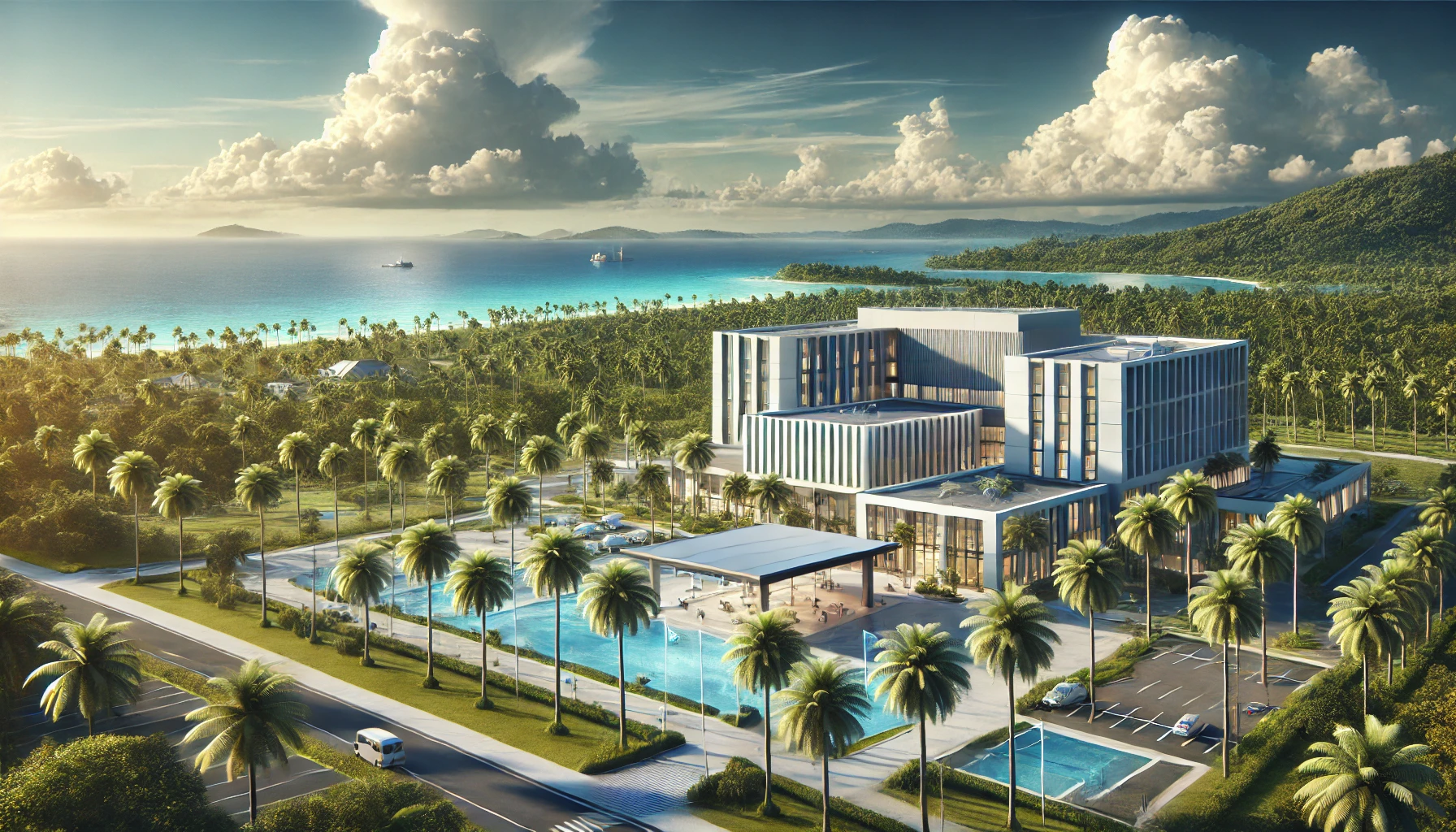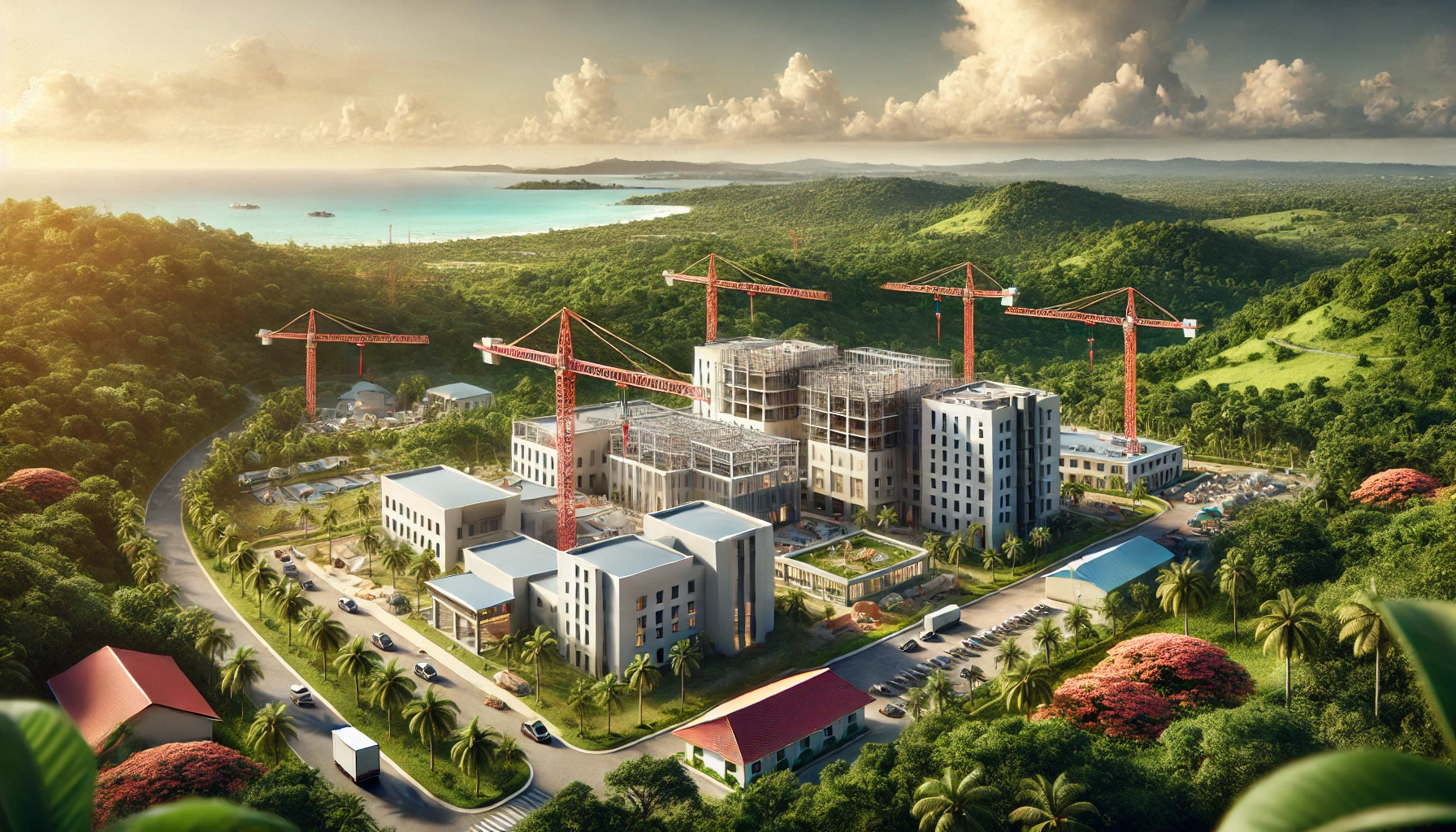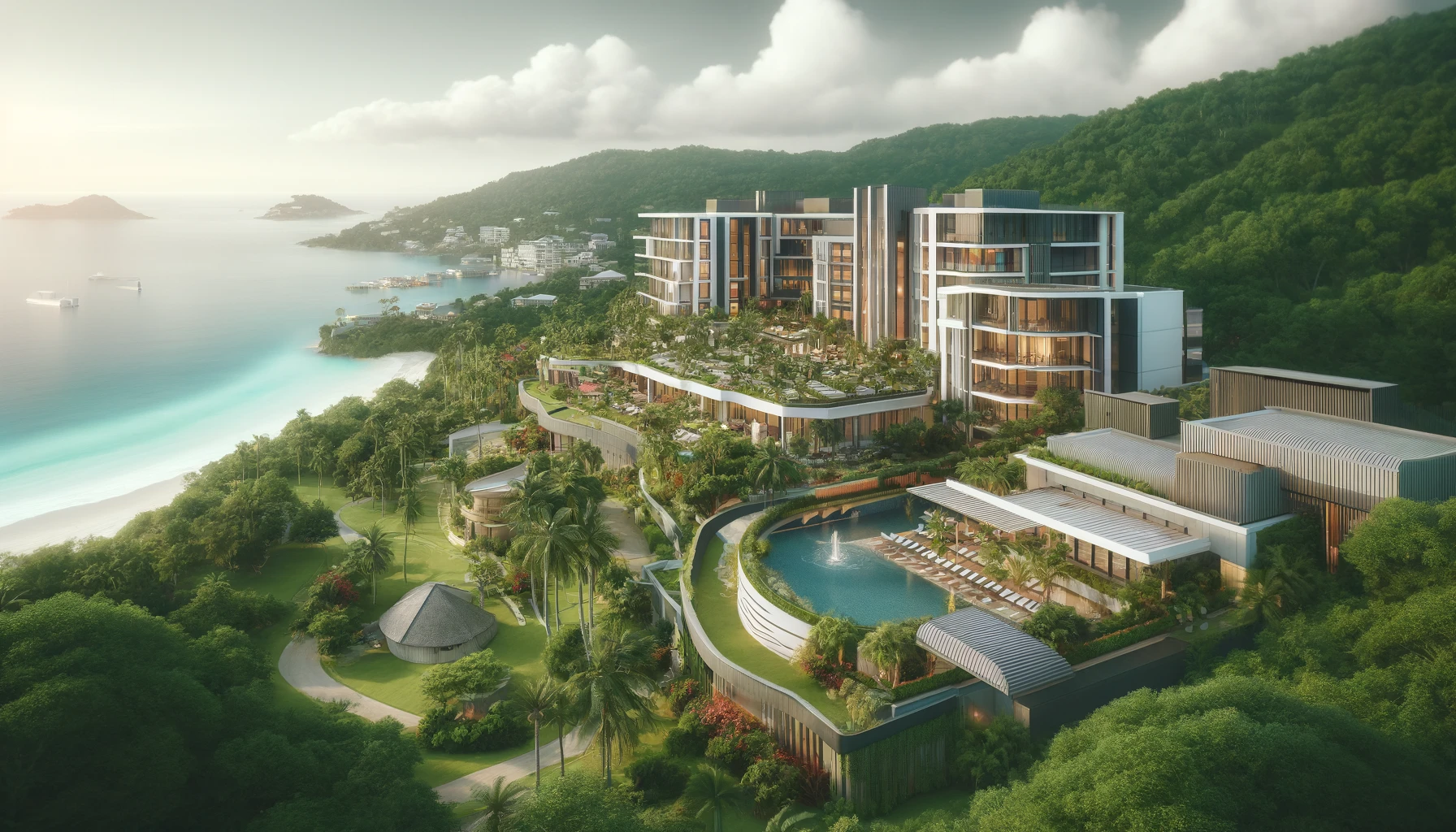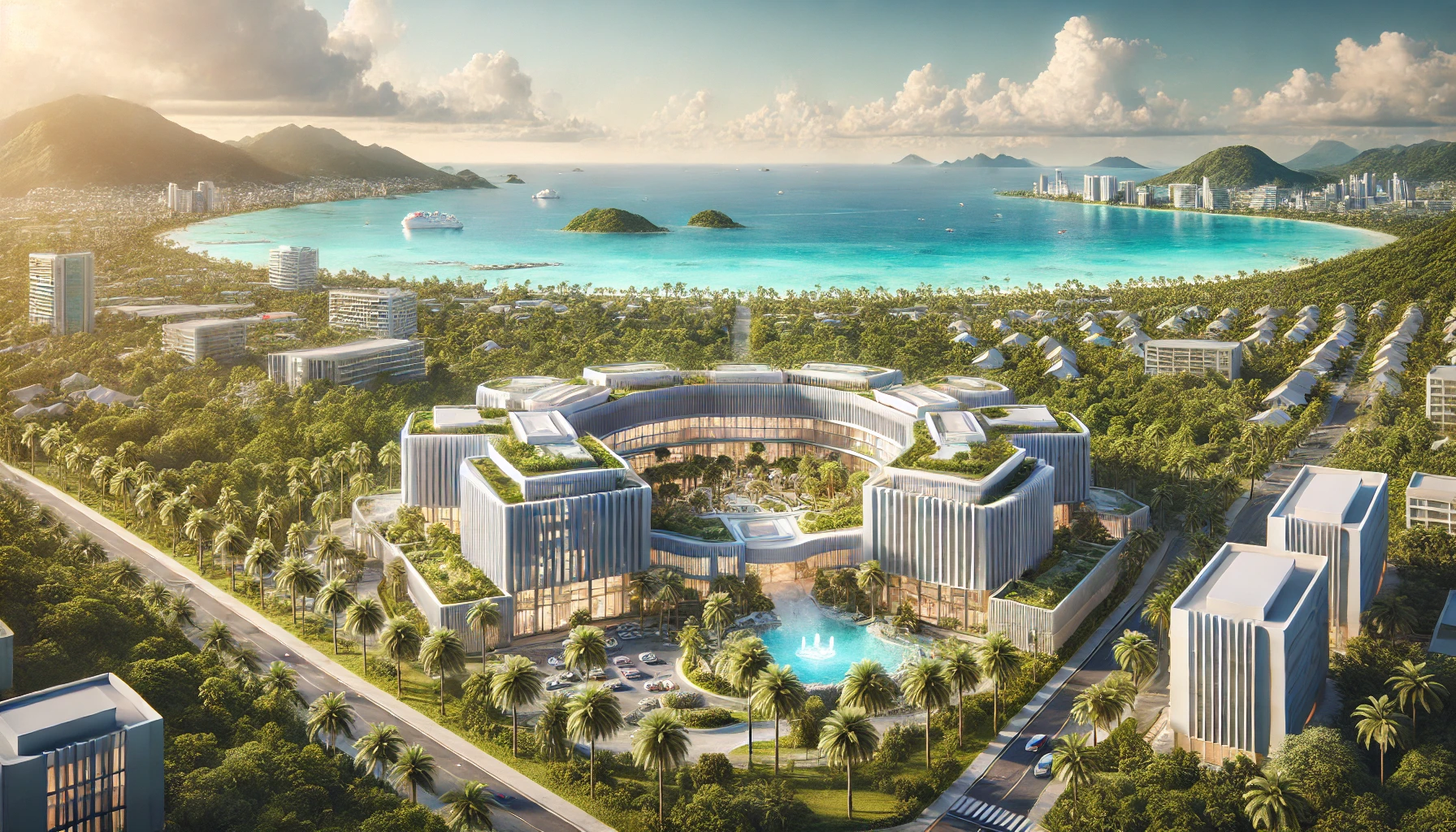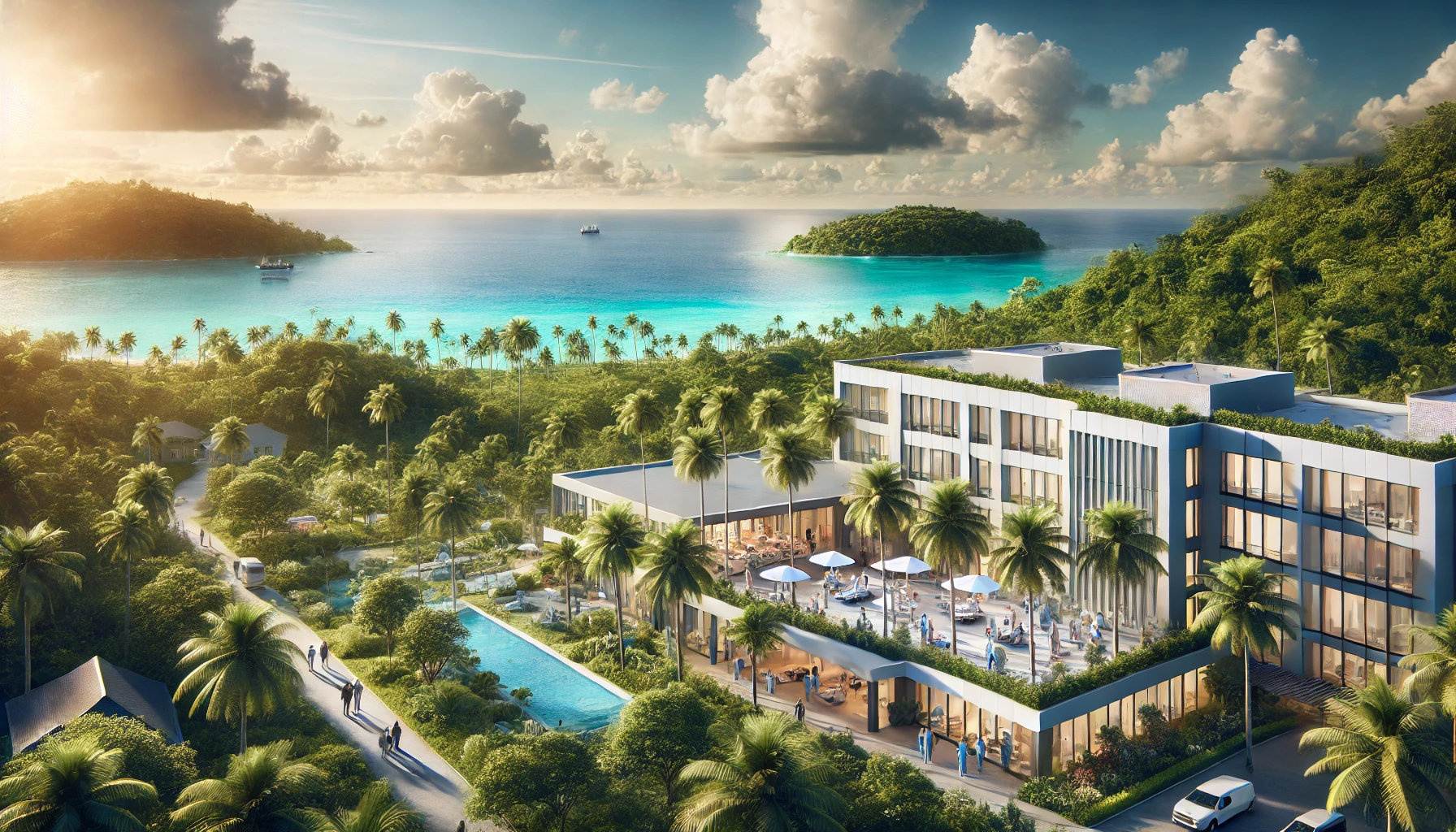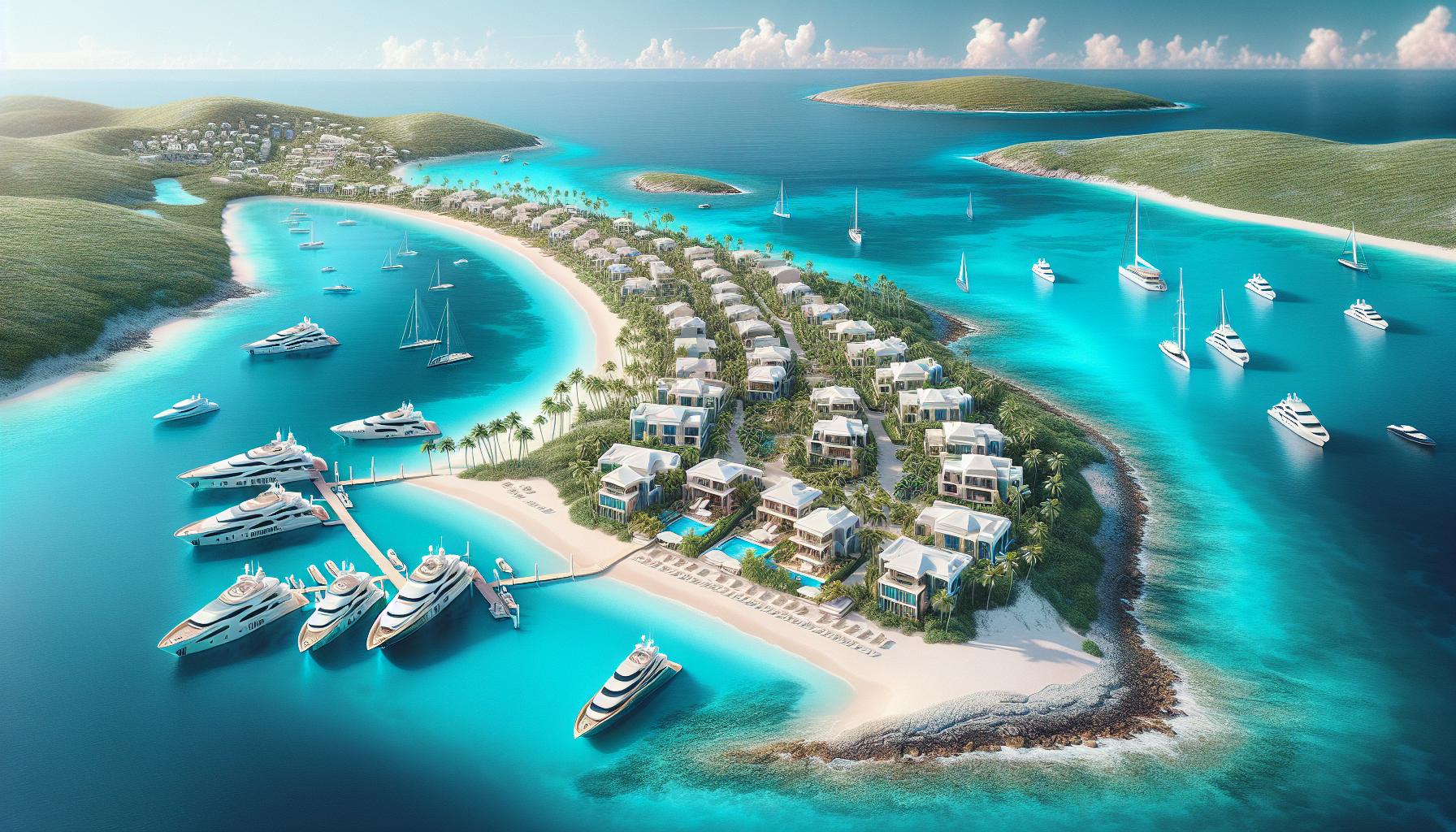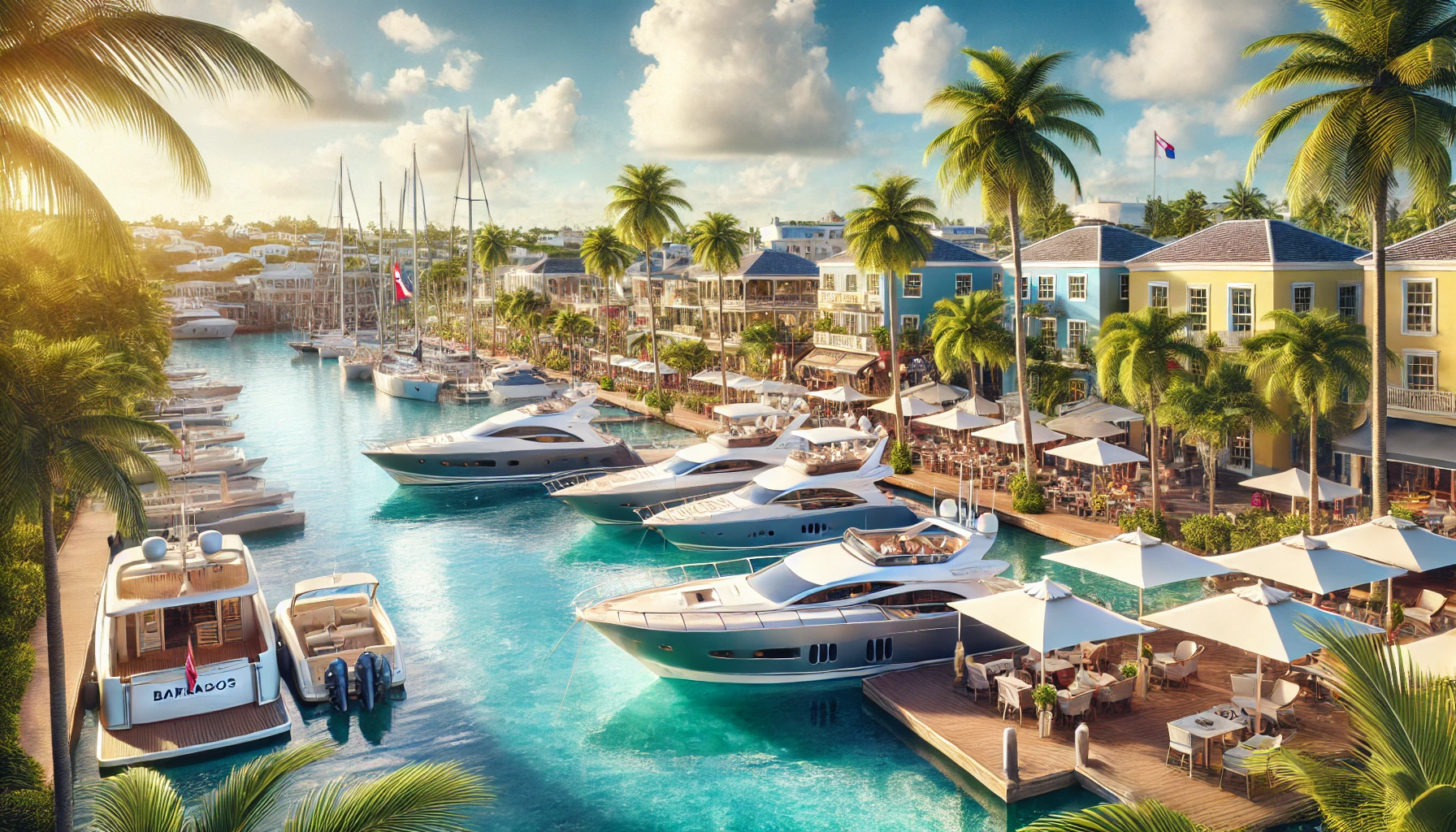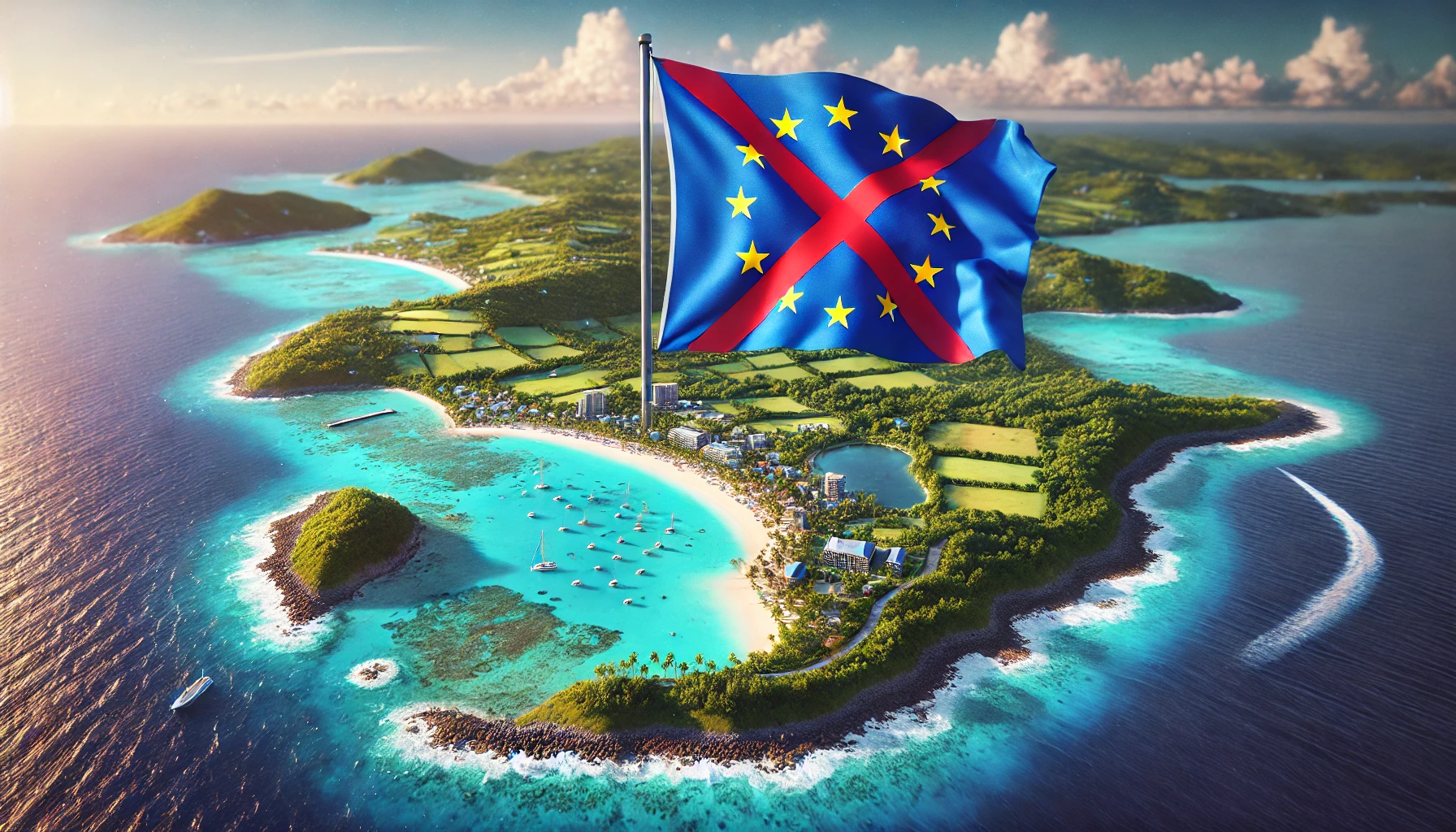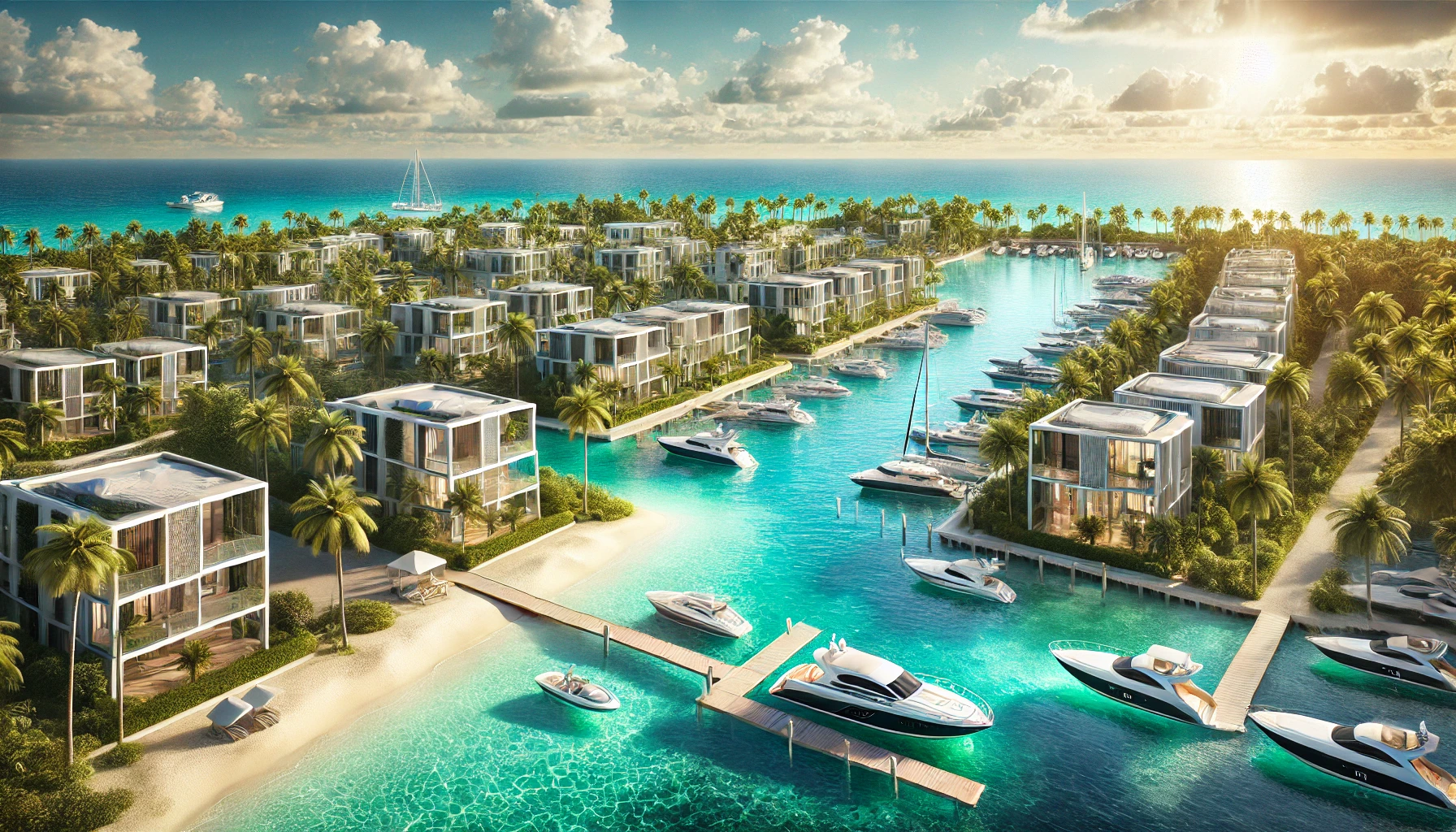Imagine gaining a second passport that opens doors to global mobility, tax advantages, and a tropical paradise. Saint Kitts and Nevis Citizenship by Investment offers you just that—a chance to secure citizenship in one of the Caribbean’s most stunning twin-island nations. With its streamlined process and established reputation, it’s become a top choice for investors worldwide.
Whether you’re seeking visa-free travel to over 150 countries, financial diversification, or a safe haven for your family, this program provides unmatched benefits. Saint Kitts and Nevis stands out not only for its breathtaking landscapes but also for its commitment to offering a straightforward and efficient path to citizenship.
By investing in real estate or contributing to a government fund, you can unlock a wealth of opportunities while enjoying the charm of island living. It’s more than a passport—it’s a gateway to freedom and security for your future.
St. Kitts and Nevis: The Grandfather of Citizenship by Investment

The St. Kitts and Nevis Citizenship by Investment program is the oldest and most established program of its kind. It has been a pioneer in providing a gateway to global mobility, tax optimization, and personal freedom.
The World’s Oldest Citizenship by Investment Program
Established in 1984, the St. Kitts and Nevis citizenship program is recognized as the first-ever Citizenship by Investment initiative. It continues to maintain its position as a trusted and reputable choice for investors. The program paved the way for other nations to adopt similar models, offering individuals the chance to acquire dual citizenship through strategic investments.
Two primary investment options exist for obtaining Saint Kitts citizenship. You can contribute a minimum of $125,000 to the Sustainable Growth Fund (SGF) or invest at least $200,000 in pre-approved real estate. Both options ensure due diligence checks, making the program secure and compliant with international standards. Its reputation as a trailblazer attracts families and individuals seeking robust investment migration solutions.
How St. Kitts and Nevis Set the Standard for Investment Migration
St. Kitts and Nevis citizenship programs have set benchmarks for efficiency, flexibility, and global access. Investors acquiring Saint Kitts and Nevis citizenship through this program gain visa-free or visa-on-arrival access to over 150 countries, including the EU and the UK. Its fast-track processing, often completed within 60 days, has redefined practical application timelines.
This Caribbean nation also introduced measures ensuring economic benefits for citizens and investors alike. Reduced taxes and no global income, inheritance, or capital gains taxes make it especially attractive for wealth planning. By combining these advantages, St. Kitts citizenship has influenced a global shift towards residency and investment migration opportunities, delivering security and mobility in an ever-changing world.
Investment Options for Citizenship

The St. Kitts and Nevis citizenship by investment program provides two primary pathways for obtaining citizenship: real estate investments and contributions to the Sustainable Growth Fund (SGF). Additional approved options also exist, diversifying opportunities for investors seeking global mobility and security.
Real Estate Investment Opportunities
Investing in pre-approved real estate opens a pathway to St. Kitts citizenship. A minimum investment of $200,000 is required, which must be held for at least seven years. Alternatively, a $400,000 investment held for five years provides additional flexibility. Real estate options include luxury villas, condominiums, and resort developments.
This option appeals to those seeking high-value assets with potential for appreciation, rental income, or lifestyle advantages in the Caribbean. You gain access to visa-free travel to over 150 destinations while acquiring prime property that aligns with international standards.
Sustainable Growth Fund (SGF) Contributions
The SGF option involves a non-refundable contribution to Saint Kitts and Nevis. A single applicant contributes $125,000, and family packages begin at $170,000 for up to four members. Additional dependents require supplementary payments starting at $10,000.
This route is designed for individuals who prioritize efficiency and cost-effectiveness over asset acquisition. Processing times are often faster, with applications finalized within 60 days under the Accelerated Application Process.
Other Approved Investment Routes
Saint Kitts citizenship also offers indirect investment avenues, including government-approved entrepreneurial ventures or public infrastructure projects. While less common, these opportunities allow contributions to developments that boost the nation’s economy.
Strategic partnerships occasionally expand investment paths, appealing to specific industries or philanthropic interests. Ensure compliance with program guidelines by consulting licensed program agents. This ensures security and alignment with the program’s regulatory standards.
Benefits of St. Kitts and Nevis Citizenship

Obtaining St. Kitts and Nevis citizenship through investment offers a wide range of advantages. This global mobility program, combined with tax planning opportunities and Caribbean lifestyle benefits, ensures security and freedom for you and your family.
Global Mobility and Visa-Free Travel
St. Kitts and Nevis citizenship guarantees access to visa-free or visa-on-arrival travel to over 150 countries. This includes the European Union, the United Kingdom, Singapore, and Hong Kong. By securing this passport, you eliminate frequent visa applications, simplifying international business and leisure trips.
Dual citizenship is allowed. Retaining your original nationality ensures you maximize the benefits of both as you expand your global reach. This feature makes St. Kitts citizenship ideal for entrepreneurs, investors, and frequent travelers seeking international convenience.
Fast-track processing, available within 60 days, further enhances your ability to travel quickly with minimal delays. Once approved, your St. Kitts and Nevis citizenship provides one of the most respected passports in the Caribbean for ease of travel.
Tax Planning and Asset Protection
Saint Kitts citizenship provides significant tax benefits. The country imposes no taxes on global income, wealth, inheritance, or capital gains. These tax policies help you safeguard your assets, making it an attractive option for wealth planning and protection.
You can also benefit from a stable banking system. With Saint Kitts and Nevis being part of the Eastern Caribbean Central Bank framework, it delivers reliable financial systems for secure transactions and asset management.
Tax residency isn’t required. With no obligation to reside in Saint Kitts and Nevis, you retain flexibility while benefiting from the favorable tax framework. For high-net-worth individuals, the program supports international planning without affecting day-to-day operations or obligations.
Lifestyle and Business Opportunities in the Caribbean
Saint Kitts and Nevis offer an idyllic lifestyle and an appealing environment for business expansion. This twin-island federation boasts moderate year-round temperatures, pristine beaches, and luxurious accommodations, ensuring a high quality of life for you and your family.
The real estate market provides a unique avenue for residency and investment. By investing in properties, such as luxury resorts or condominiums, you gain opportunities for appreciation, rental income, and ownership in one of the most sought-after Caribbean locations.
Business-friendly policies further enhance the appeal. Citizens enjoy access to a stable economic and political environment, with benefits such as no personal income tax and support for business ventures in tourism, agriculture, and financial services. The program ensures you access ease and continuity while building your legacy.
The Application Process Explained

The process of applying for St. Kitts and Nevis citizenship by investment is structured and efficient, ensuring compliance with international standards. It involves a series of steps designed to evaluate eligibility, process investments, and grant citizenship.
Eligibility Criteria for Applicants
Applicants must meet specific criteria to qualify for Saint Kitts and Nevis citizenship by investment. You must be over 18, have a clean criminal record, and demonstrate legitimate financial resources. Additionally, you must pass thorough due diligence checks conducted by authorized agencies. Dependents, including spouses, children under 30, and parents or grandparents over 55, can also be included in your application if financially supported by you.
Applicants cannot pursue St. Kitts citizenship if they hold certain disqualifying nationalities or fail background checks. These measures maintain the program’s global reputation and ensure compliance with international regulations.
Step-by-Step Application Process
The application process begins with selecting an authorized agent licensed by the Citizenship by Investment Unit (CIU). You cannot apply directly to the government without an agent. Submit completed forms, required documentation, and pay related fees through your agent.
The next step is undergoing due diligence screenings. Upon approval of your application, you make the required investment in either the Sustainable Growth Fund (SGF) or pre-approved real estate. For real estate, transfer titles and agreements validate compliance. Once investments finalize, you receive your certificate of registration, granting Saint Kitts citizenship.
Fast-track processing is available for an additional fee, expediting your approval process to approximately 60 days.
Timeframe and Costs Involved
The standard timeframe for St. Kitts and Nevis citizenship approval ranges from three to six months. Fast-track processing shortens this period to about 60 days. Costs differ based on investment choices and family size.
For the SGF option, a single applicant contributes $125,000, while a family of four requires $170,000. Real estate investments demand a $200,000 minimum, held for at least seven years, or $400,000 for five years. Additional fees for due diligence, application processing, and dependent inclusions apply, starting at $7,500 for the primary applicant.
Understanding these costs and timelines helps you plan effectively for your application and citizenship goals.
Impact of St. Kitts and Nevis on Global Investment Migration
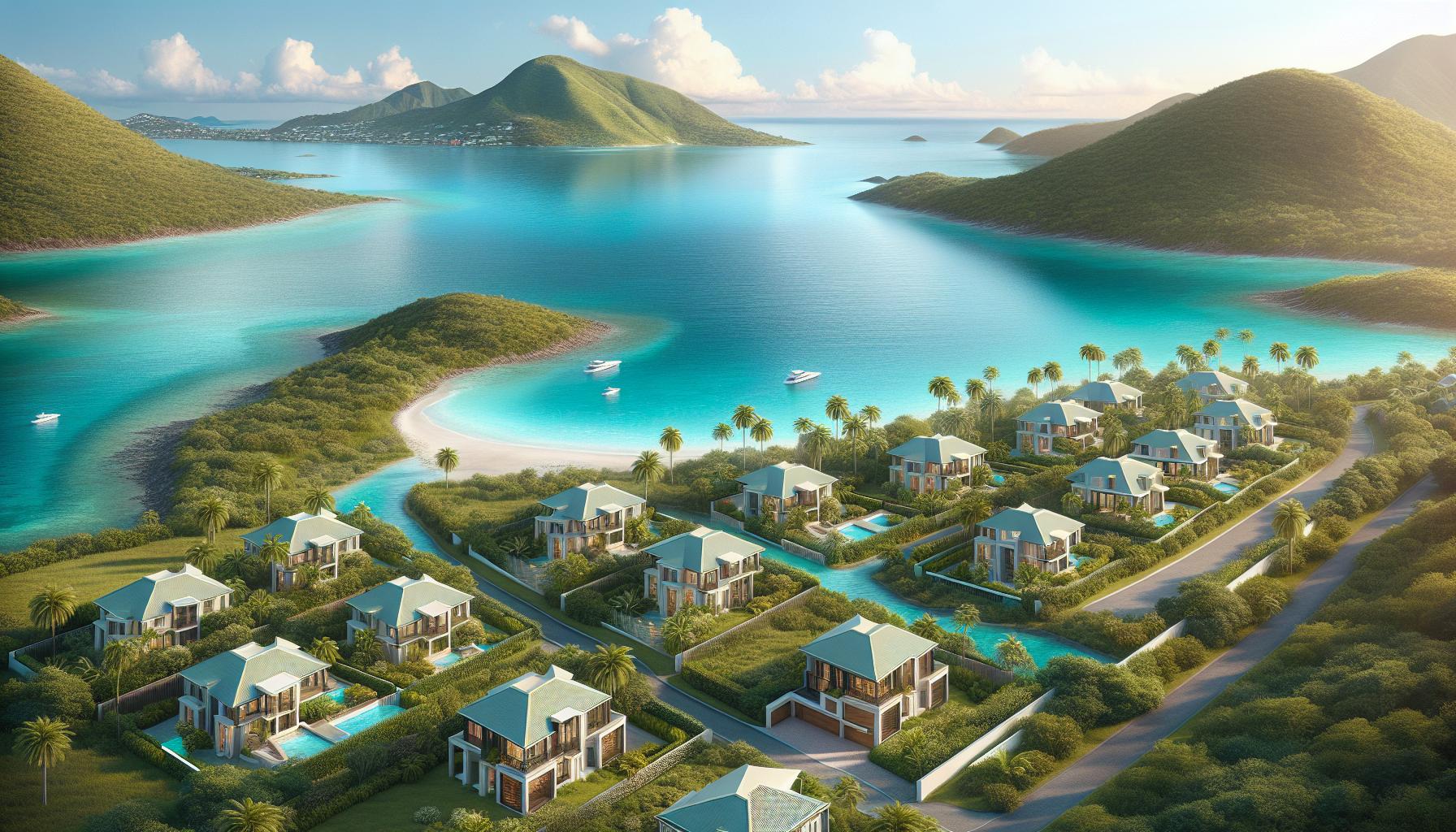
The St. Kitts and Nevis citizenship program has become a cornerstone of global investment migration, influencing policies and practices worldwide. Its comprehensive approach offers economic and lifestyle benefits to investors seeking global mobility and financial freedom.
How St. Kitts and Nevis Pioneered the Movement
St. Kitts and Nevis launched the world’s first citizenship by investment program in 1984, establishing a blueprint for other nations. The program’s enduring success stems from its robust framework, combining transparency, efficiency, and accessibility. By creating an avenue for investors to obtain St. Kitts citizenship, the country opened doors for global mobility while bolstering its economy.
You can choose from structured options like investments in real estate or the Sustainable Growth Fund (SGF). This pioneering approach inspired jurisdictions worldwide, particularly in the Caribbean, to adopt similar models for economic development and international engagement. St. Kitts’ early commitment to compliance and due diligence set global standards, solidifying its reputation as a leader in investment migration.
Influence on Other Caribbean Citizenship Programs
Several Caribbean nations, including Dominica, Antigua and Barbuda, and Grenada, followed the St. Kitts and Nevis citizenship model. These programs emulate critical elements such as affordable investment thresholds, fast-track processing, and visa-free travel benefits.
St. Kitts’ influence extends to maintaining credibility through stringent vetting processes. The Caribbean’s earned reputation as a hub for investment migration began with St. Kitts citizenship, attracting high-net-worth individuals worldwide. This competitive domain promotes economic diversification and fosters regional development by driving direct foreign investments in tourism, infrastructure, and real estate projects.
Future Trends in Investment Migration
The success of Saint Kitts and Nevis citizenship programs has sparked innovation in global investment migration systems, with increasing demand for streamlined processing and diversified investment options. Emerging trends indicate a shift towards sustainable and socially responsible investments, giving investors more tailored opportunities.
Digital advancements are also reshaping application procedures, enhancing transparency and reducing timelines. Nations may adopt customizable pathways for families or entrepreneurs, expanding inclusivity. As global instability prompts individuals to seek secure citizenship alternatives, programs like Saint Kitts’ will likely influence migration policies, blending mobility, tax optimization, and international security into modern investment frameworks.
Conclusion

Saint Kitts and Nevis offers a unique opportunity to secure a second citizenship through its well-established Citizenship by Investment program. Whether you’re seeking greater global mobility, financial advantages, or a peaceful lifestyle in a tropical paradise, this program delivers unmatched benefits.
By choosing an investment path that aligns with your goals, you can unlock a future filled with security, freedom, and new possibilities. This program continues to set global standards, making it a top choice for investors worldwide looking to enhance their personal and financial horizons.
